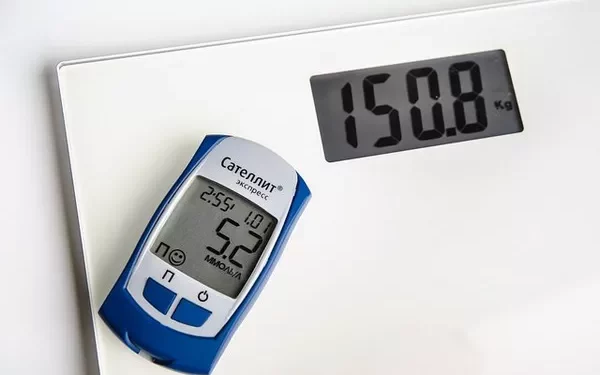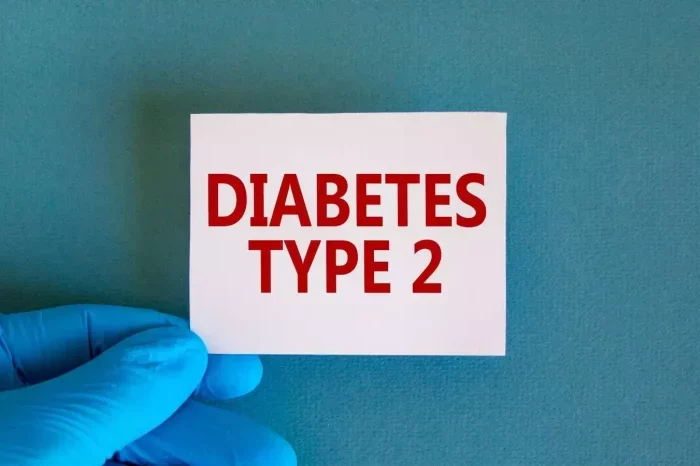Hypoglycemia, or low blood sugar, is a critical condition that can have severe consequences if not properly managed. Understanding the levels at which hypoglycemia becomes dangerous is essential for both individuals living with diabetes and healthcare professionals. This article explores the different levels of hypoglycemia, the risks associated with each level, and the strategies for prevention and management.
Understanding Hypoglycemia
Hypoglycemia occurs when blood glucose levels drop below the normal range. Blood glucose levels are considered low when they fall below 70 mg/dL (3.9 mmol/L). However, the severity of hypoglycemia can vary, and its impact depends on several factors, including the individual’s overall health, diabetes management, and the presence of symptoms.
Classifying Hypoglycemia
To effectively address hypoglycemia, it’s crucial to classify it into different levels based on severity:
Mild Hypoglycemia: Blood glucose levels between 60-69 mg/dL (3.3-3.8 mmol/L). At this level, individuals might experience symptoms such as shakiness, sweating, and irritability. Mild hypoglycemia is usually manageable with quick-acting carbohydrates and does not pose immediate danger if addressed promptly.
Moderate Hypoglycemia: Blood glucose levels between 40-59 mg/dL (2.2-3.3 mmol/L). Symptoms become more pronounced and may include confusion, difficulty concentrating, dizziness, and coordination problems. This level of hypoglycemia requires more deliberate action to correct blood sugar levels.
Severe Hypoglycemia: Blood glucose levels below 40 mg/dL (2.2 mmol/L). Severe hypoglycemia is a medical emergency. Symptoms can include seizures, loss of consciousness, and impaired cognitive function. Immediate treatment is necessary to prevent serious complications.
Why Hypoglycemia is Dangerous
Hypoglycemia becomes dangerous when it affects the body’s ability to function normally. At severe levels, hypoglycemia can lead to serious health issues:
Neurological Damage: Prolonged or severe hypoglycemia can result in neurological damage. The brain relies on a steady supply of glucose, and insufficient levels can impair brain function. This can lead to confusion, seizures, and, in extreme cases, coma.
Cardiovascular Complications: Severe hypoglycemia can trigger cardiovascular issues such as palpitations, arrhythmias, and, in severe cases, myocardial infarction (heart attack). The body’s response to low glucose levels can strain the cardiovascular system.
Accidents and Injuries: When hypoglycemia impairs coordination and cognitive function, individuals are at higher risk of accidents and injuries. This can be particularly dangerous in situations that require alertness, such as driving or operating machinery.
Recognizing the Symptoms of Hypoglycemia
Early recognition of hypoglycemia symptoms is crucial for preventing progression to dangerous levels. Common symptoms include:
Mild Hypoglycemia: Shakiness, sweating, anxiety, irritability, hunger, and palpitations.
Moderate Hypoglycemia: Confusion, dizziness, difficulty speaking, difficulty concentrating, and blurred vision.
Severe Hypoglycemia: Seizures, loss of consciousness, and extreme disorientation.
Managing Hypoglycemia
Effective management of hypoglycemia involves both prevention and immediate treatment. Here are strategies to manage and prevent dangerous levels of hypoglycemia:
Monitoring Blood Glucose: Regular monitoring of blood glucose levels is essential for detecting and addressing hypoglycemia early. Continuous glucose monitors (CGMs) can provide real-time data and alerts for low blood sugar levels.
Adjusting Medications: Individuals using insulin or other diabetes medications should work closely with their healthcare provider to adjust dosages based on blood glucose patterns and activity levels. Overmedication can increase the risk of hypoglycemia.
Eating Regularly: Consuming balanced meals and snacks at regular intervals can help maintain stable blood glucose levels. Foods rich in complex carbohydrates, fiber, and protein can provide sustained energy and prevent drops in blood sugar.
Quick-Acting Carbohydrates: In cases of mild to moderate hypoglycemia, consuming quick-acting carbohydrates (such as glucose tablets, fruit juice, or sugary candy) can rapidly raise blood glucose levels. It’s important to follow up with a snack containing protein or fat to maintain stable blood sugar levels.
Emergency Treatment: For severe hypoglycemia, immediate treatment is necessary. If the individual is conscious and able to swallow, provide glucose tablets or a high-sugar beverage. If unconscious or unable to swallow, administer glucagon, a hormone that raises blood glucose levels, or seek emergency medical assistance.
Preventing Hypoglycemia
Preventive measures can significantly reduce the risk of hypoglycemia:
Educating Individuals: Education about the signs, symptoms, and management of hypoglycemia is essential for individuals with diabetes and their caregivers. Awareness helps in early detection and prompt treatment.
Personalized Diabetes Management: Tailoring diabetes management plans to individual needs can help prevent hypoglycemia. This includes adjusting insulin doses, meal planning, and activity levels.
Regular Follow-ups: Regular check-ups with healthcare providers can help in monitoring blood glucose levels and adjusting treatment plans as needed.
See also: What is Hypoglycemia and How Can We Avoid It?
Conclusion
Hypoglycemia is a serious condition that can escalate to dangerous levels if not properly managed. Understanding the different levels of hypoglycemia and recognizing the symptoms can help in preventing and addressing this condition effectively. Through careful monitoring, appropriate management strategies, and preventive measures, individuals with diabetes can reduce the risk of hypoglycemia and its potential complications. Ensuring that both patients and caregivers are well-informed and prepared is key to maintaining optimal health and safety.
Related topics:
What Type of Diabetes Is Most Common?

























